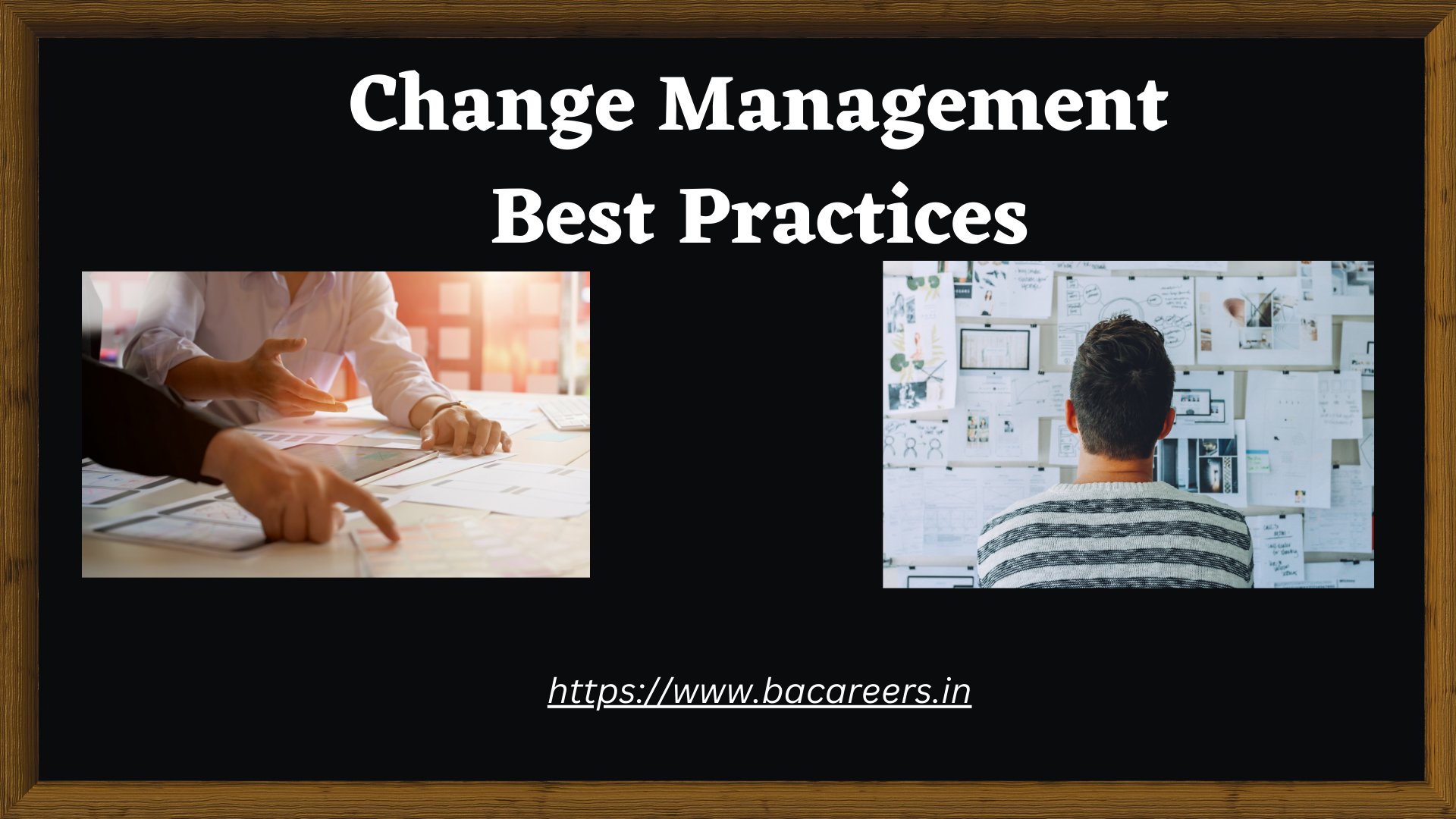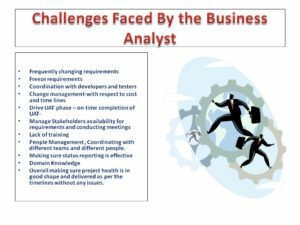Change Management Best Practices: Proven Strategies for Smooth Organizational Transitions
In today’s fast-paced and ever-evolving business landscape, change is inevitable. Organizations must continually adapt and transform to stay ahead of the competition. However, managing change effectively is no easy task. It requires careful planning, clear communication, and the support of a committed team. That’s where change management best practices come into play. These proven strategies provide a roadmap for navigating organizational transitions and ensuring a smooth and successful transformation. From creating a compelling vision to engaging employees at every level, change management best practices empower leaders to drive change with confidence. In this article, we will explore key principles and practical tips to help you implement change management best practices in your organization. Whether you’re facing a merger, restructuring, or implementing new technology, these strategies will equip you with the tools and insights you need to navigate change and achieve long-term success.
Why Change Management is Important for Organizations
ChangeManagement is essential for organizations of all sizes and industries. Without effective change management, organizations can face resistance, confusion, and even failure when implementing new initiatives. By adopting change management best practices, leaders can proactively address the challenges that come with change and ensure a smooth transition.
Successful ChangeManagement has several benefits for organizations. Firstly, it helps minimize disruptions during periods of change, ensuring that business operations continue smoothly. It also helps maintain employee morale and engagement by providing clear communication and support. Additionally, effective change management enables organizations to adapt to market trends, technological advancements, and other external factors that can impact their success. Overall, change management is a critical component of organizational success and should be prioritized by leaders.
Change Management Process
A structured ChangeManagement process is crucial for effectively managing organizational transitions. While the specific steps may vary depending on the nature of the change, there are common elements that should be included in any change management process.
- **Assess the need for change**: Before embarking on any change initiative, it’s important to assess why the change is necessary and the potential impact it will have on the organization. This involves identifying the drivers of change, such as market demands, competitive pressures, or internal inefficiencies.
- **Create a compelling vision**: A clear and compelling vision is essential for gaining buy-in and support from employees. Leaders should articulate the reasons behind the change and paint a picture of the desired future state.
- **Develop a change management plan**: A well-defined plan outlines the specific actions, timelines, and responsibilities associated with the change. It should include communication strategies, training and development initiatives, and mechanisms for measuring progress.
- **Communicate effectively**: Communication is key during times of change. Leaders should engage in open and transparent communication to ensure that employees understand the reasons behind the change and their role in the process. Regular updates, town hall meetings, and one-on-one conversations can help address questions and concerns.
- **Engage employees**: Employee engagement is crucial for successful change management. Leaders should involve employees at every level, seeking their input and feedback, and providing opportunities for them to contribute to the change initiative.
- **Manage resistance to change**: Resistance to change is natural, and leaders must be prepared to address it. By understanding the reasons behind resistance and addressing concerns head-on, leaders can help employees embrace the change and overcome any obstacles.
- **Monitor and evaluate progress**: Regular monitoring and evaluation are essential for tracking the progress of the change initiative. This allows leaders to make necessary adjustments and ensure that the desired outcomes are being achieved.
Proven Strategies for Successful Change Management
Implementing ChangeManagement best practices requires a proactive approach and a range of strategies. Here are some proven strategies that can help organizations navigate change successfully:
### Communicating Change Effectively
Clear and consistent communication is essential for managing change effectively. Leaders should ensure that employees understand the reasons behind the change, the expected outcomes, and their role in the process. Communication should be two-way, allowing for feedback and addressing any concerns. Utilize a variety of communication channels, such as email, intranet, town hall meetings, and face-to-face conversations, to reach employees at all levels.
### Building a ChangeManagement Team
Having a dedicated ChangeManagement team can significantly enhance the success of organizational transitions. This team should include individuals with expertise in change management, project management, and communication. They will be responsible for developing and executing the change management plan, coordinating activities, and providing support to leaders and employees throughout the process.
### Identifying and Addressing Resistance to Change
Resistance to change is a common challenge during organizational transitions. To effectively address resistance, leaders should take a proactive approach. Identify potential sources of resistance and develop strategies to mitigate them. This may involve providing additional training and support, addressing misconceptions, and involving employees in decision-making processes.
### Monitoring and Evaluating Change Progress
Regular monitoring and evaluation are crucial for ensuring that the change initiative stays on track. Establish key performance indicators (KPIs) to measure progress and track them regularly. This will help identify any gaps or areas that require attention. Adjust the change management plan as needed to ensure that the desired outcomes are being achieved.
Change Management Tools and Technologies
Various tools and technologies can support the change management process and enhance its effectiveness. These tools can help with communication, collaboration, tracking progress, and managing resistance. Some common examples include project management software, collaboration platforms, employee engagement tools, and change management software. Organizations should assess their specific needs and select the tools that align with their goals and requirements.
Case Studies of Successful Change Management Initiatives
Real-life case studies can provide valuable insights and inspiration for implementing change management best practices. By studying successful change management initiatives, organizations can learn from the experiences of others and apply those lessons to their own situations. Case studies can highlight the challenges faced, the strategies employed, and the outcomes achieved. They can also showcase the benefits of effective change management in driving organizational success.
Conclusion and Key Takeaways
Change is a constant in today’s business world, and organizations must be equipped to navigate it successfully. By implementing change management best practices, leaders can proactively address the challenges that come with change and ensure a smooth transition. From effectively communicating the change to engaging employees at every level and addressing resistance, these strategies provide a roadmap for driving successful change. By embracing change management and integrating it into their organizational culture, leaders can position their organizations for long-term success in a rapidly evolving business landscape.
In conclusion, change management is not just a buzzword – it is a critical discipline that can make or break organizational success. By adopting proven strategies and best practices, leaders can navigate change with confidence, minimize disruptions, and empower their teams to embrace and drive organizational transformation. Remember, change is not easy, but with the right approach and mindset, it can be a catalyst for growth and innovation.
By following the principles outlined in this article, you will be well-equipped to implement ChangeManagement best practices in your organization. Whether you’re facing a merger, restructuring, or implementing new technology, these strategies will help you navigate change successfully and achieve long-term success. Embrace change, communicate effectively, engage your employees, and monitor progress relentlessly – and you’ll be on the path to organizational transformation and success.
Related Articles :
Maximizing Efficiency with Jira: Tips and Tricks for Project Management
How Agile Tools Can Streamline Your Project Management Process

Business Analyst , Functional Consultant, Provide Training on Business Analysis and SDLC Methodologies.


